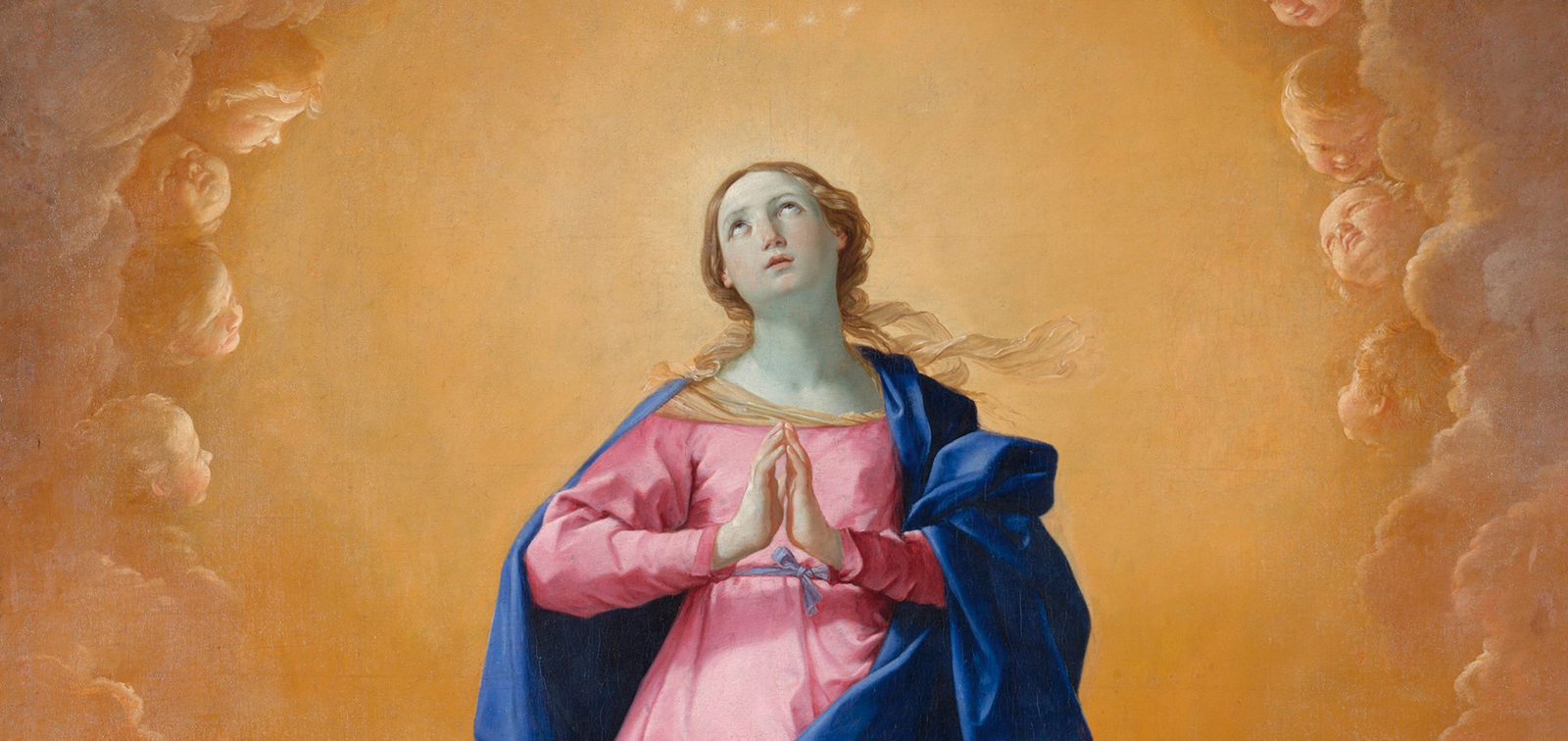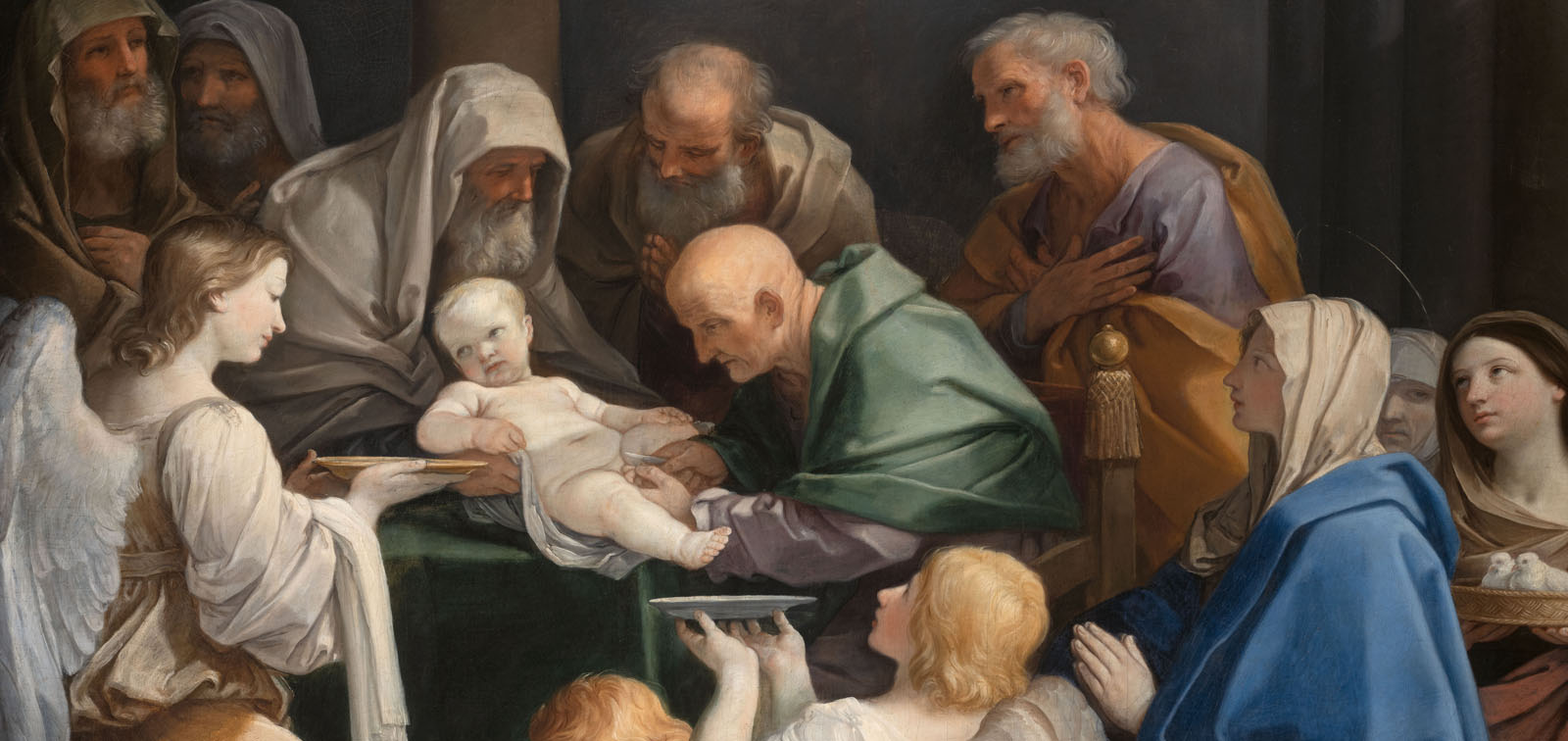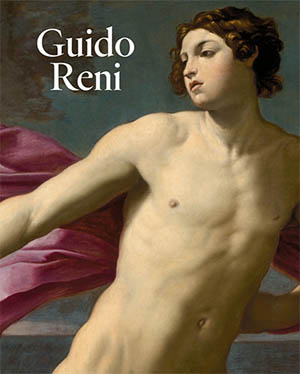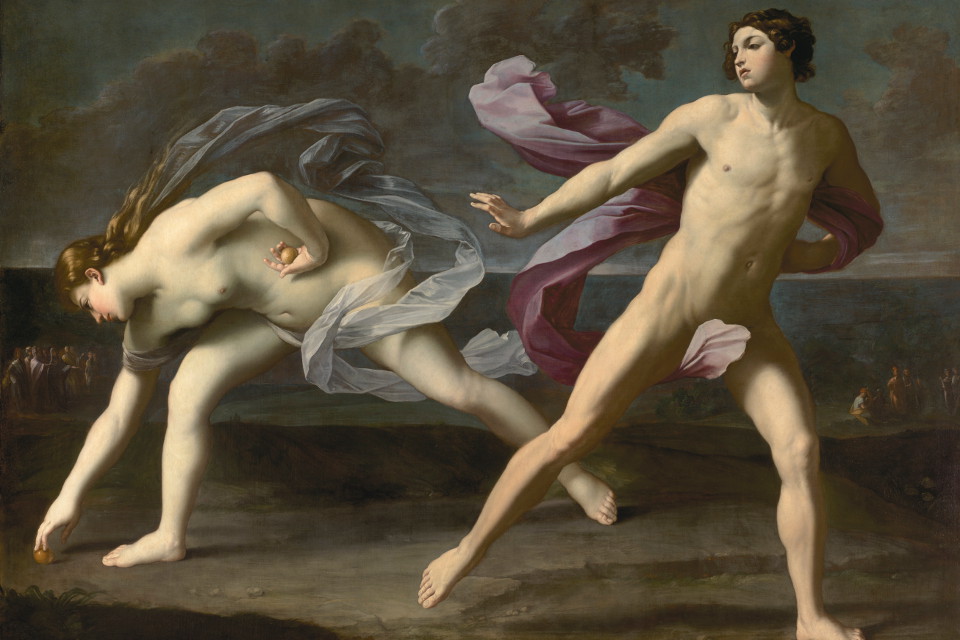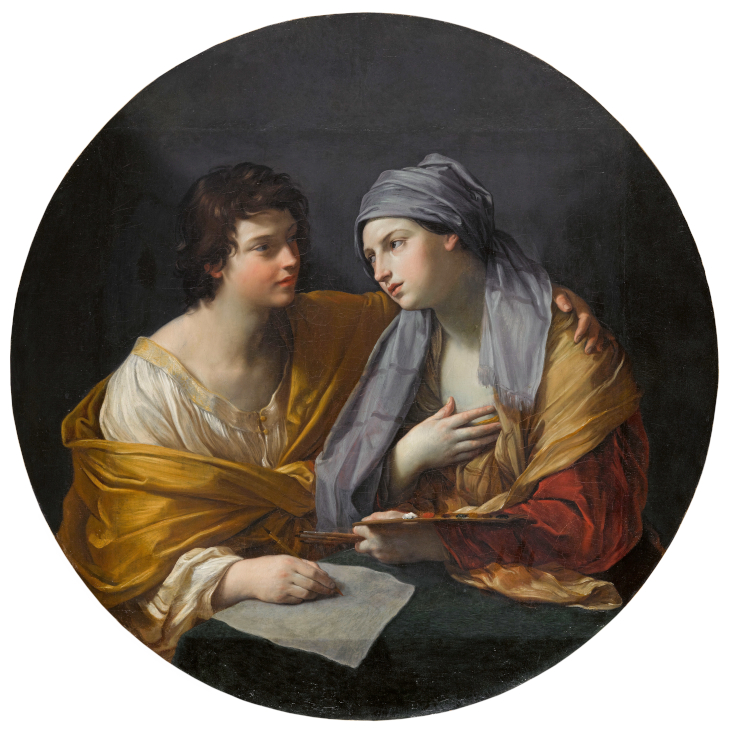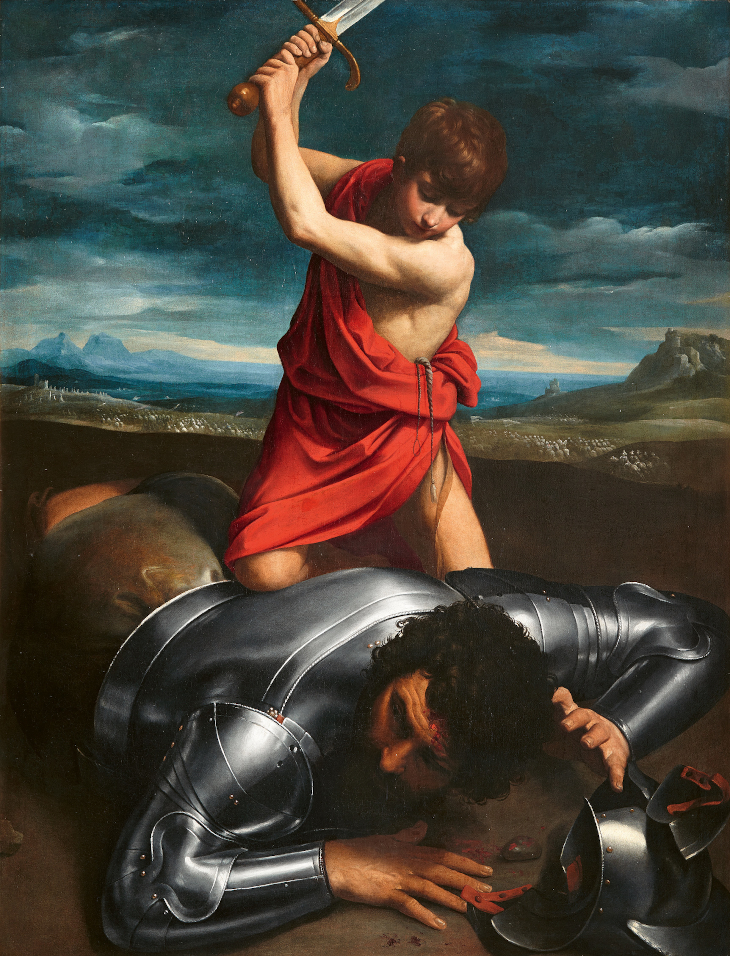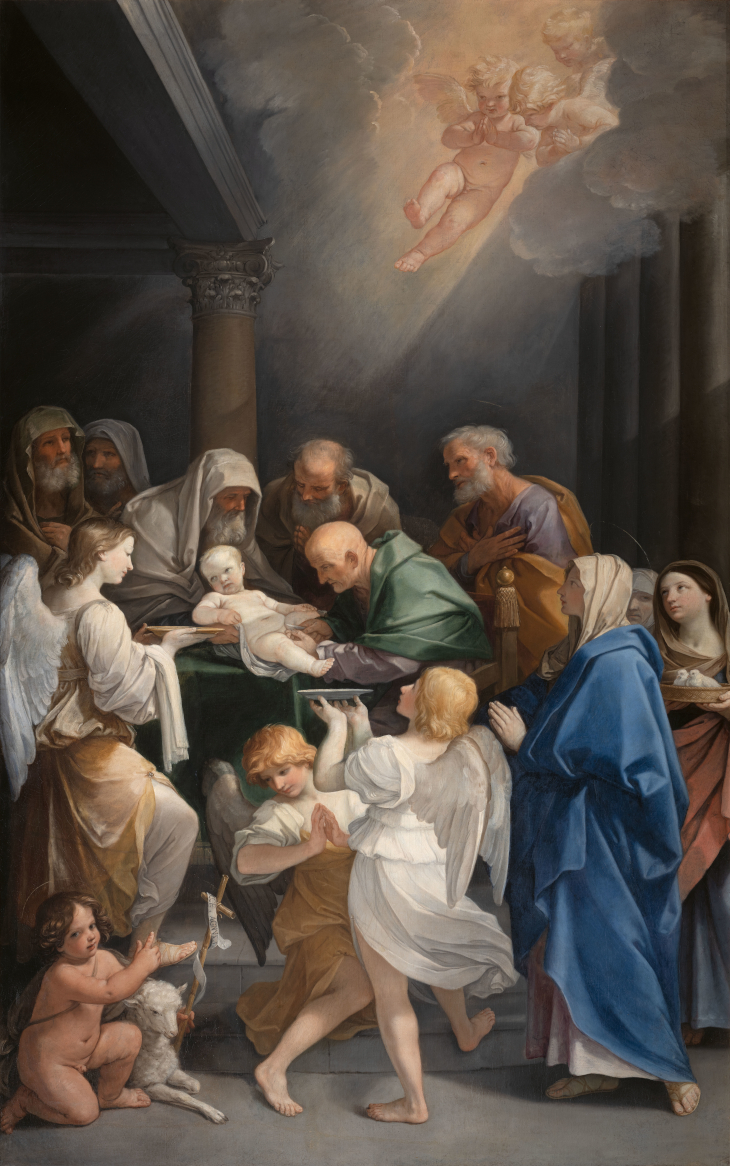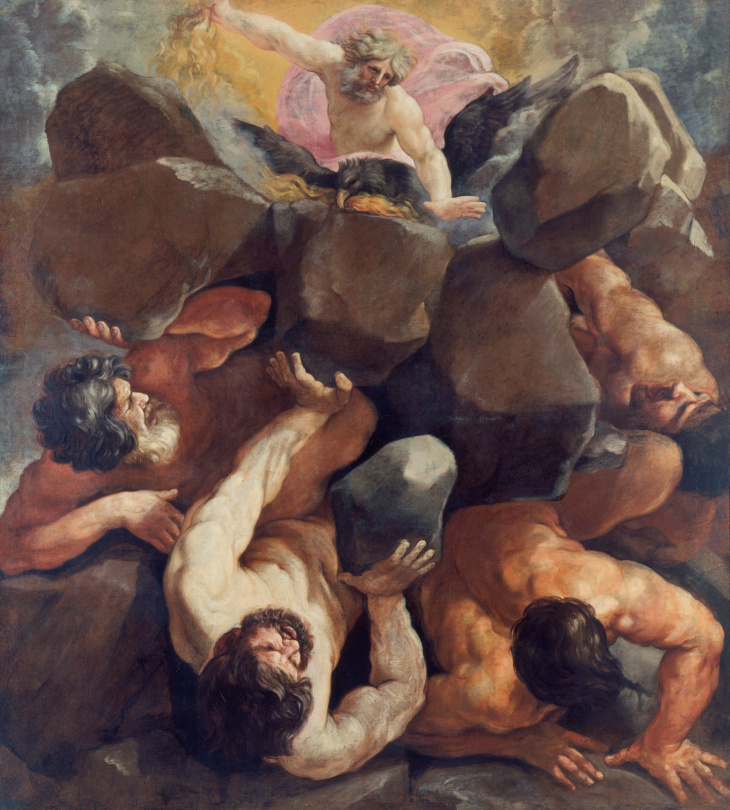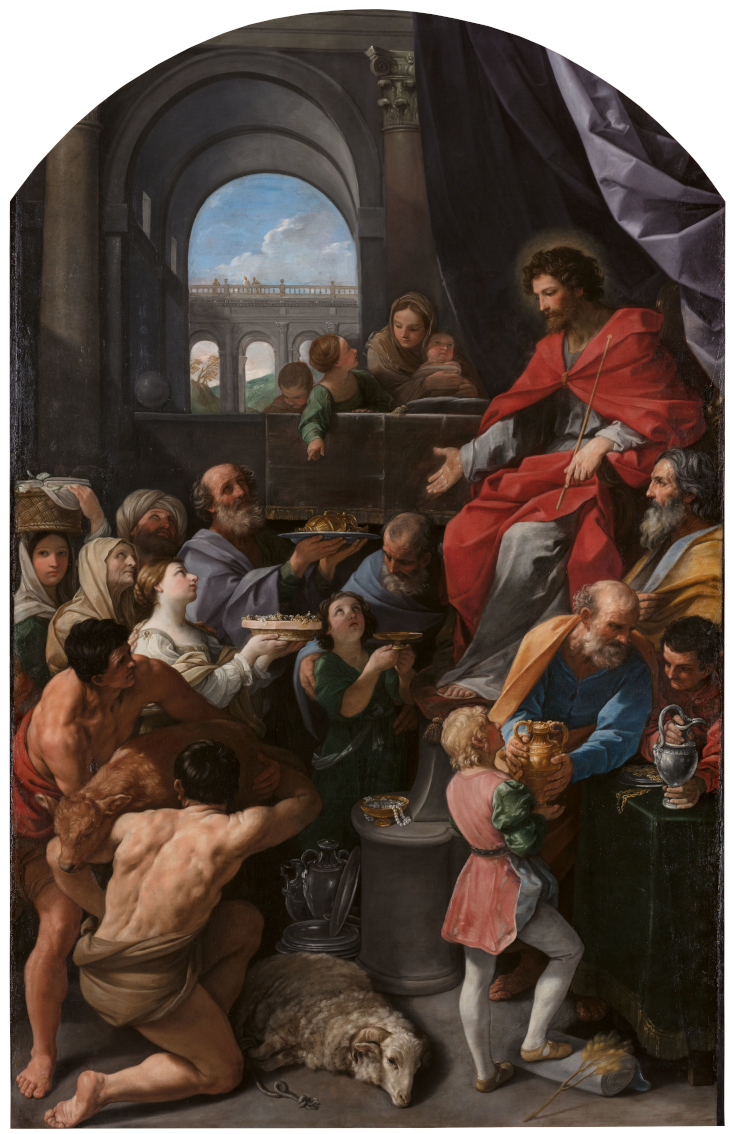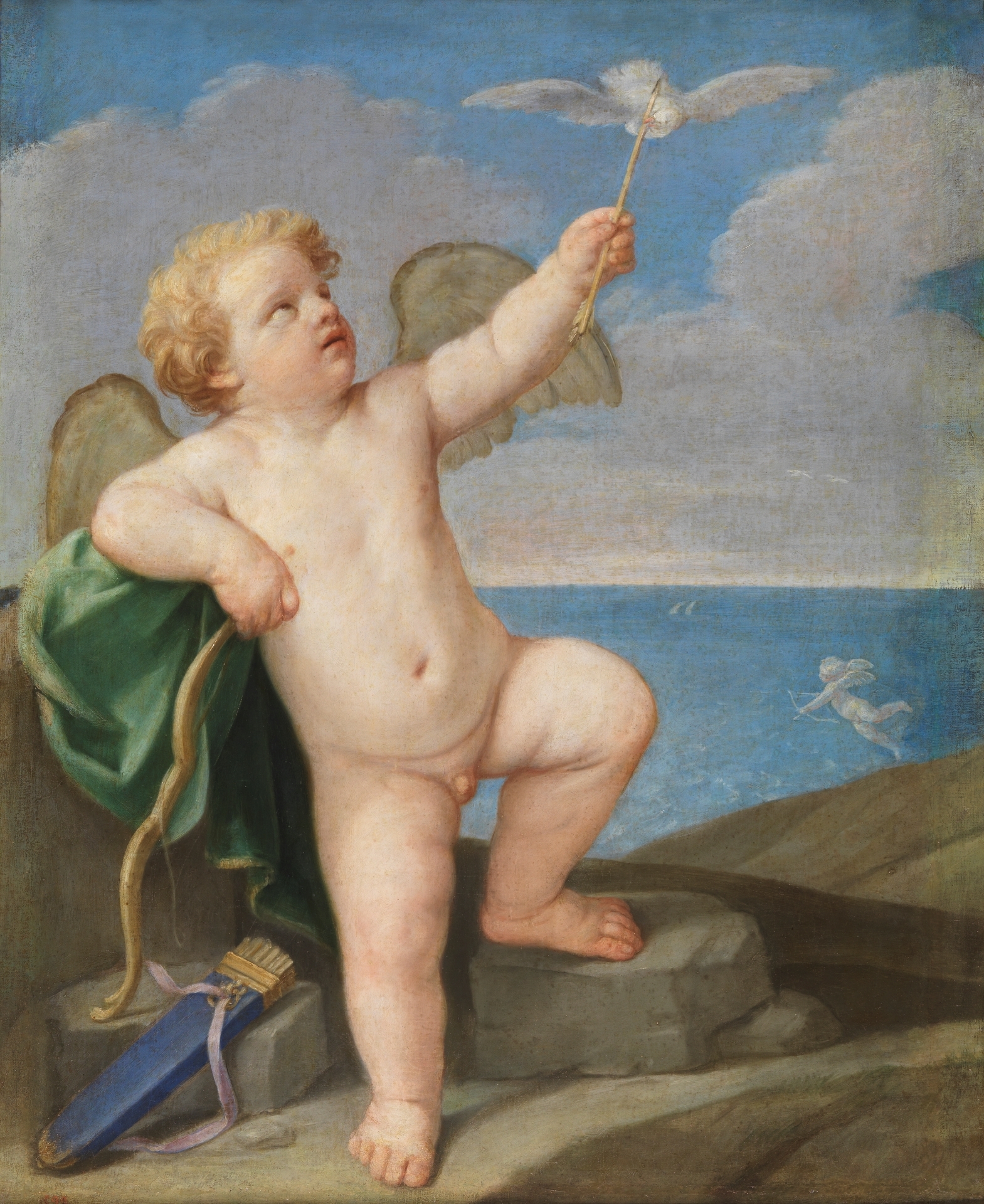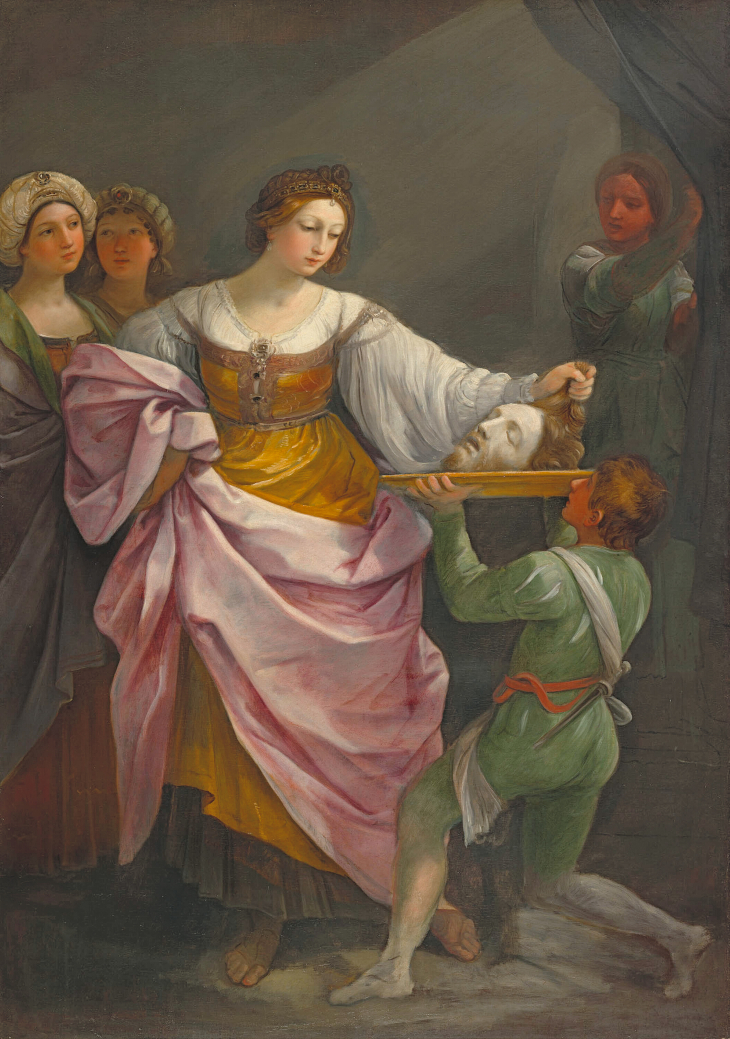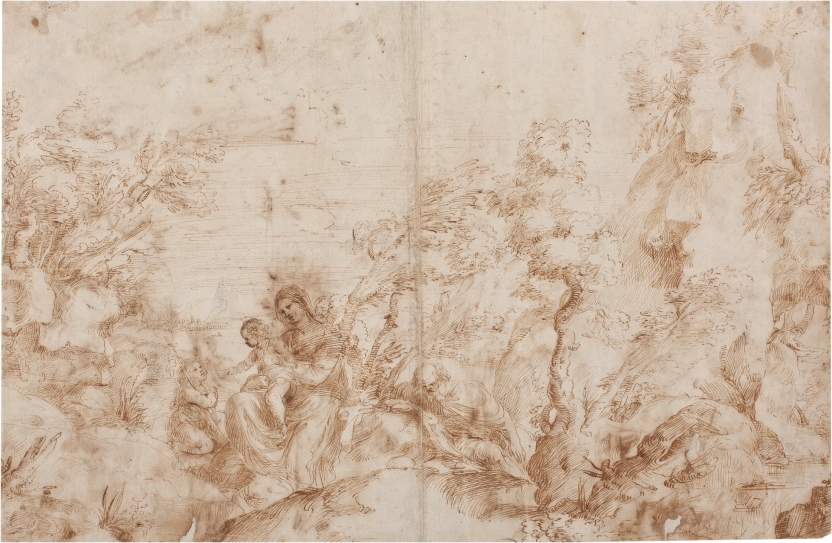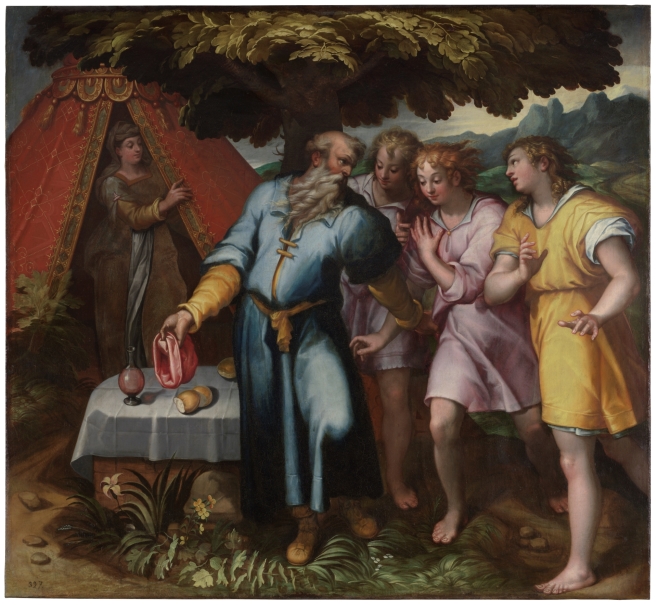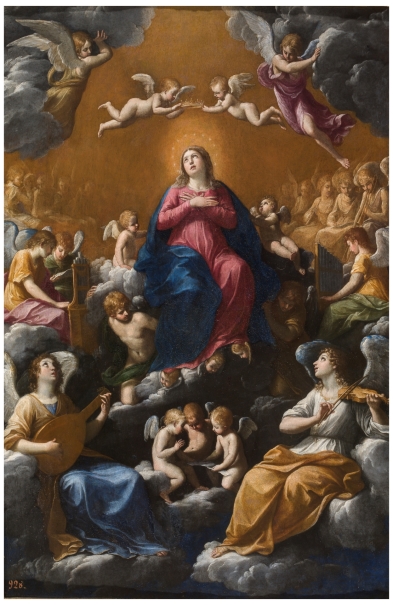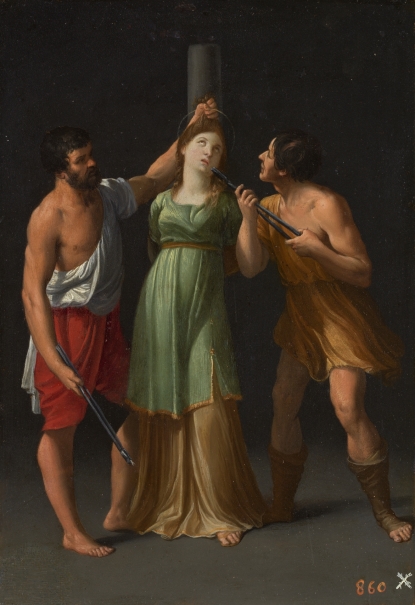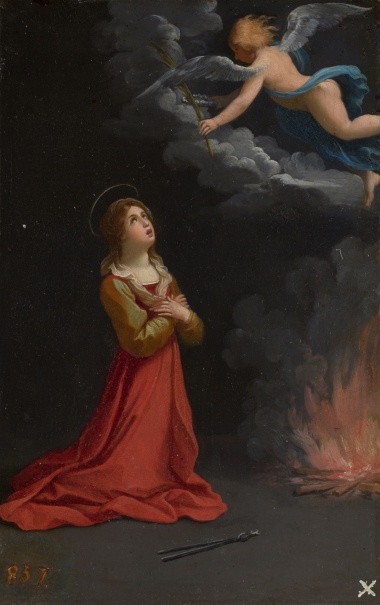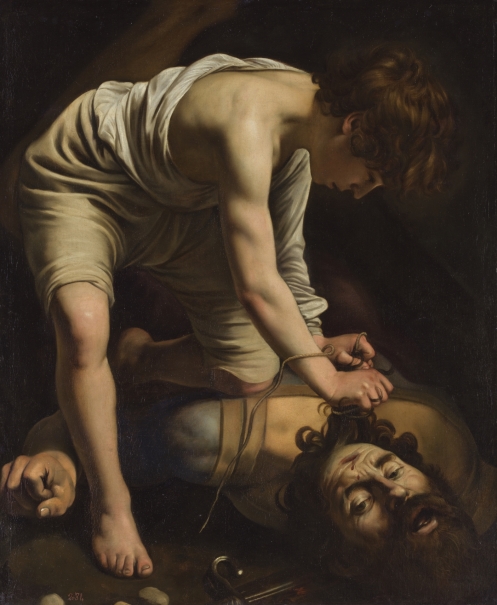Guido Reni
Museo Nacional del Prado. Madrid 3/28/2023 - 7/9/2023
This ambitious exhibition, which benefits from the sole sponsorship of Fundación BBVA, includes nearly 100 works loaned from more than 40 museums, institutions and public and private collections in Europe and America. The result is a complete vision of the career of this great 17th-century Bolognese artist which also draws attention to Reni’s fundamental contribution to the configuration of the aesthetic universe of the European Baroque.
Visitors to the exhibition - organised in collaboration with the Städel Museum, Frankfurt - will be able to see major works by Guido Reni rarely exhibited other than in their habitual locations. They include the impressive Triumph of Job from the cathedral of Notre-Dame in Paris, as well as more celebrated compositions such as The Immaculate Conception from the Metropolitan Museum of Art, New York; Cleopatra from The Royal Collection, London; Drawing and Colour from the Musée du Louvre, Paris; and Salomé with the Head of Saint John the Baptist and The penitent Magdalene from the Gallerie Nazionale d’Arte Antica, Rome (Palazzo Barberini and Galleria Corsini).
These and other masterpieces are joined by the outstanding examples from the Prado’s own collection, many of them specially restored for the exhibition, including Saint Sebastian, Hippomenes and Atalanta, Girl with a Rose and The Virgin of the Chair.
- Curator:
- David García Cueto, Head of the Department of Italian and French Painting up to 1800.


